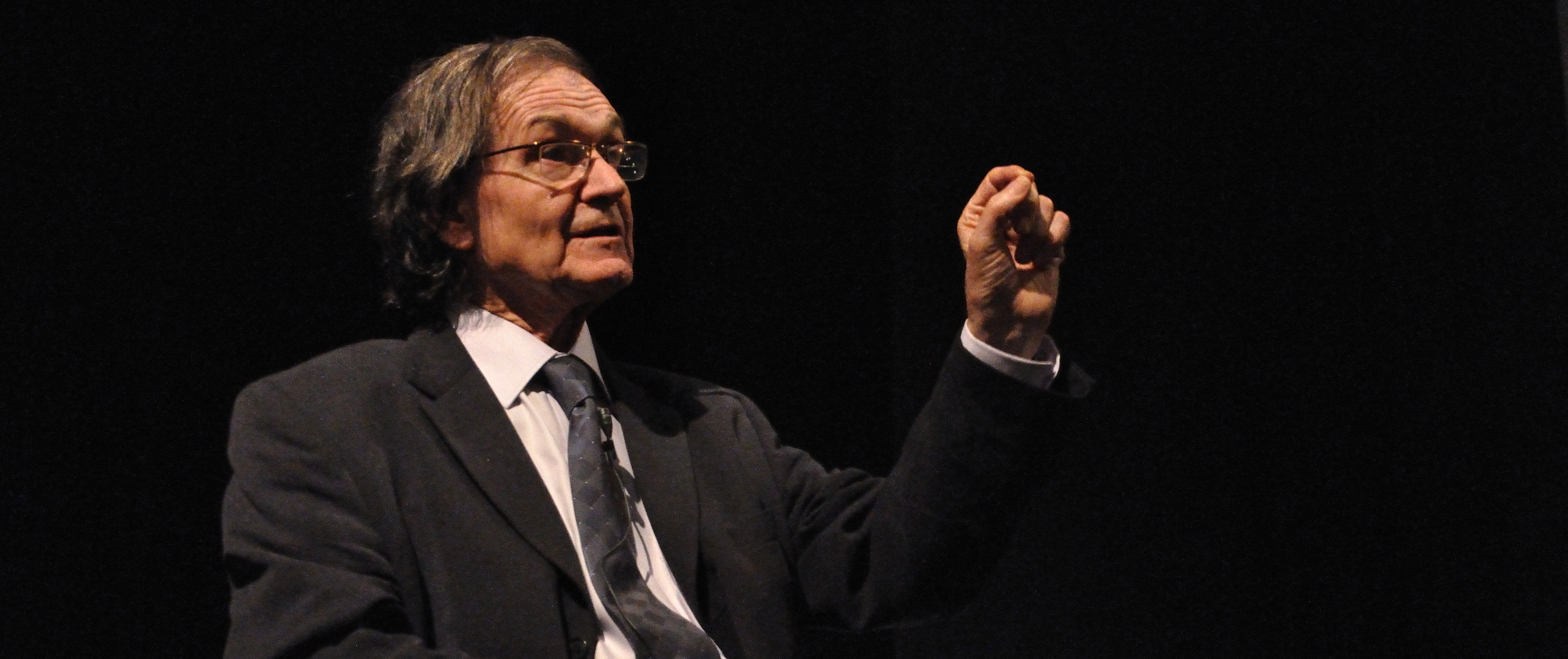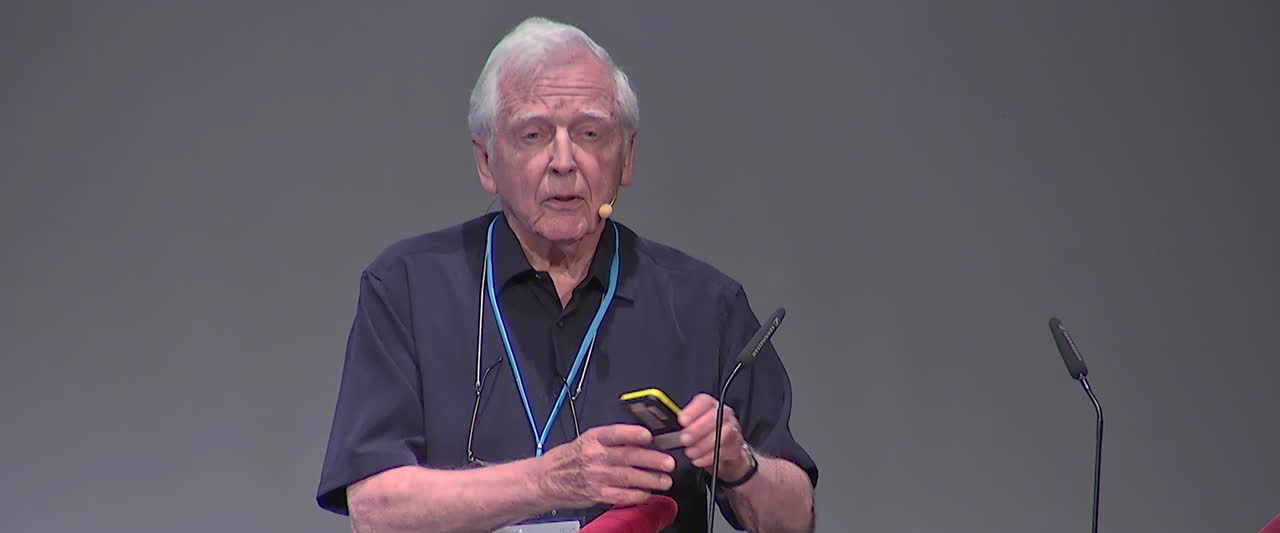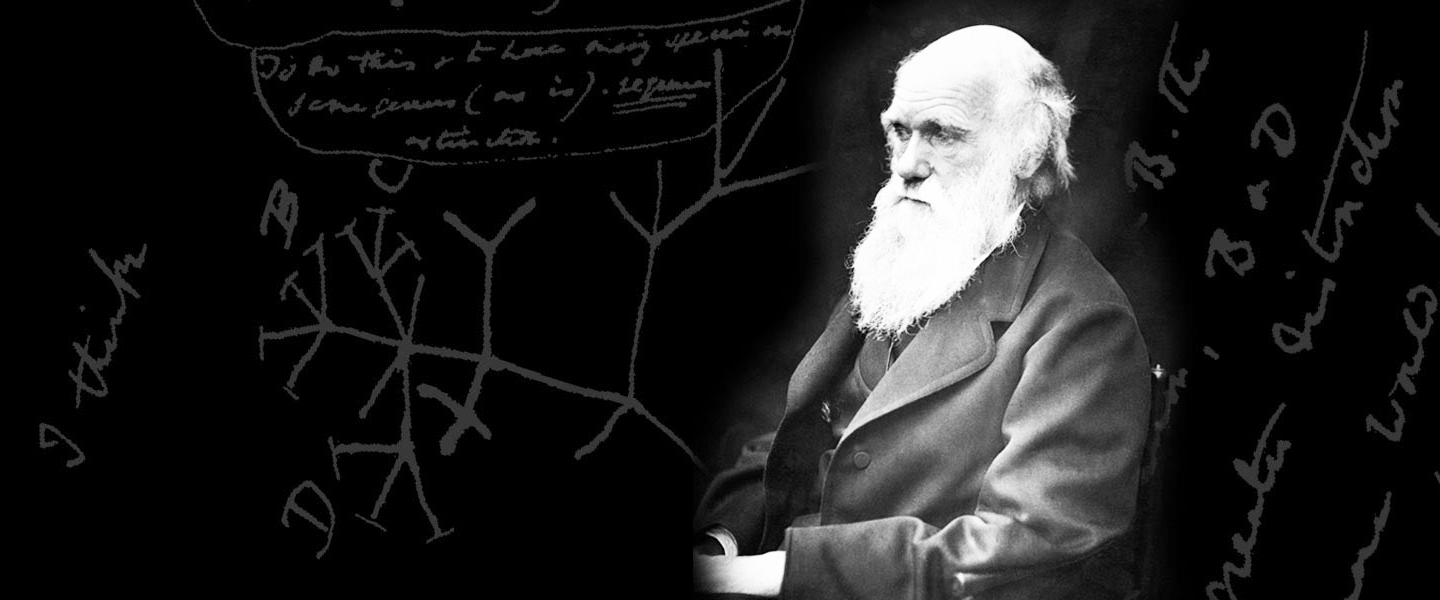10 April 2015.
Hartmut H Niemann, University of Bielefeld.
The seminar will take place in the Unit of Immunology and General Pathology (Golgi/Spallanzani Institute) at 2.00 pm and the poster can be downloaded here.
The gastric pathogen Helicobacter pylori uses a type IV secretion system to inject the oncogenic protein CagA into epithelial cells of the human stomach. The protein CagL is an essential part of H. pylori's type IV secretion system but has no homologs in type IV secretion systems of other bacterial species. CagL was suggested to bind to integrin α5β1 on host cells through an RGD motif. Using a combination of X-ray crystallography, biophysical methods and cell biology we instead identified human integrin αvβ6 as the most likely host cell receptor for CagL. The specific binding of αvβ6 is mediated by an RGDLXXL motif that adopts a unique helical conformation in fully folded CagL.
Hartmut H Niemann is a protein crystallographer whose research focuses on bacterial virulence factors and the receptor tyrosine kinase MET. He studied biochemistry at the Universities of Regensburg and Witten/Herdecke and did his diploma thesis at the ZMBH in Heidelberg. During his PhD at the Max-Planck-Institute for Medical Research in Heidelberg he specialized in protein crystallography and solved the first structure of a dynamin GTPase. As postdoc at the Helmholtz-Centre for Infection Research (HZI) in Braunschweig he started to work on the structural biology of MET signalling and on Yersinia type III secretion. In 2007 he became assistant professor for structural biochemistry at Bielefeld University, where he was tenured in 2013.
Image source: NR Salama, University of Washington, Seattle.












